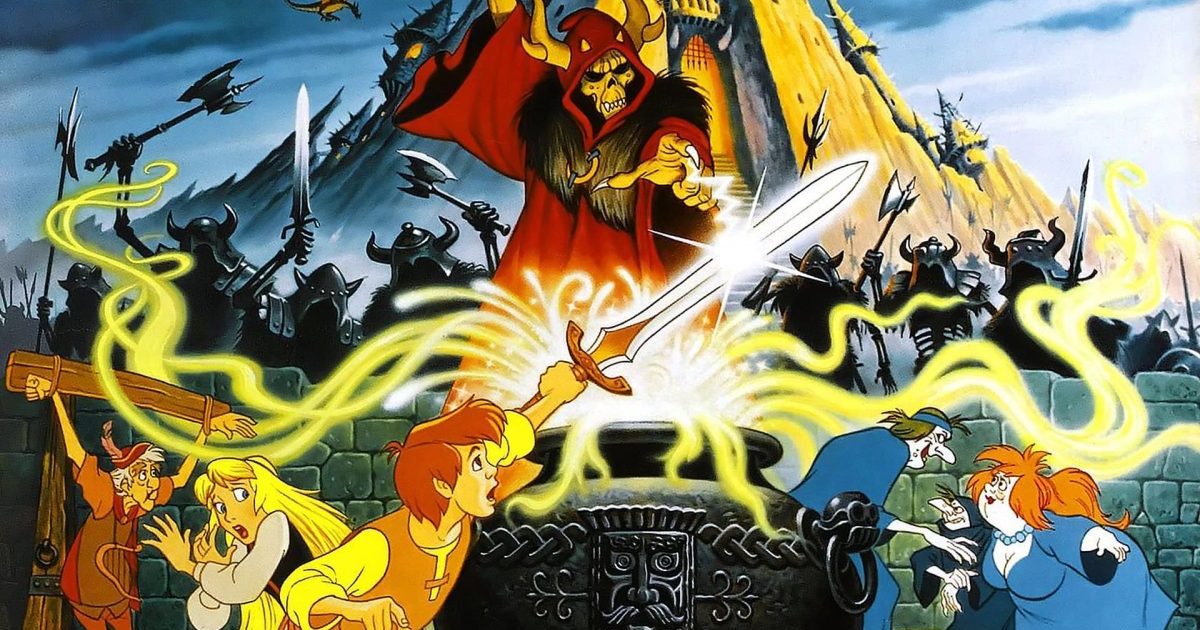The Black Cauldron holds an infamous spot in Disney’s long history of animated movies. Nicknamed “the film that almost killed Disney” for its dire performance at the box office, its troubled production nearly put paid to one of Hollywood’s giants.
However, for all its troubles, The Black Cauldron isn’t as shoddy as its reputation would suggest. Showcasing classic Disney animation and a plot that tackles themes darker than the House of Mouse had ever dared touch, it might be time to reappraise the forgotten flick. Here are some facts you might not have known about the film.
20. It was Disney’s first non-musical film
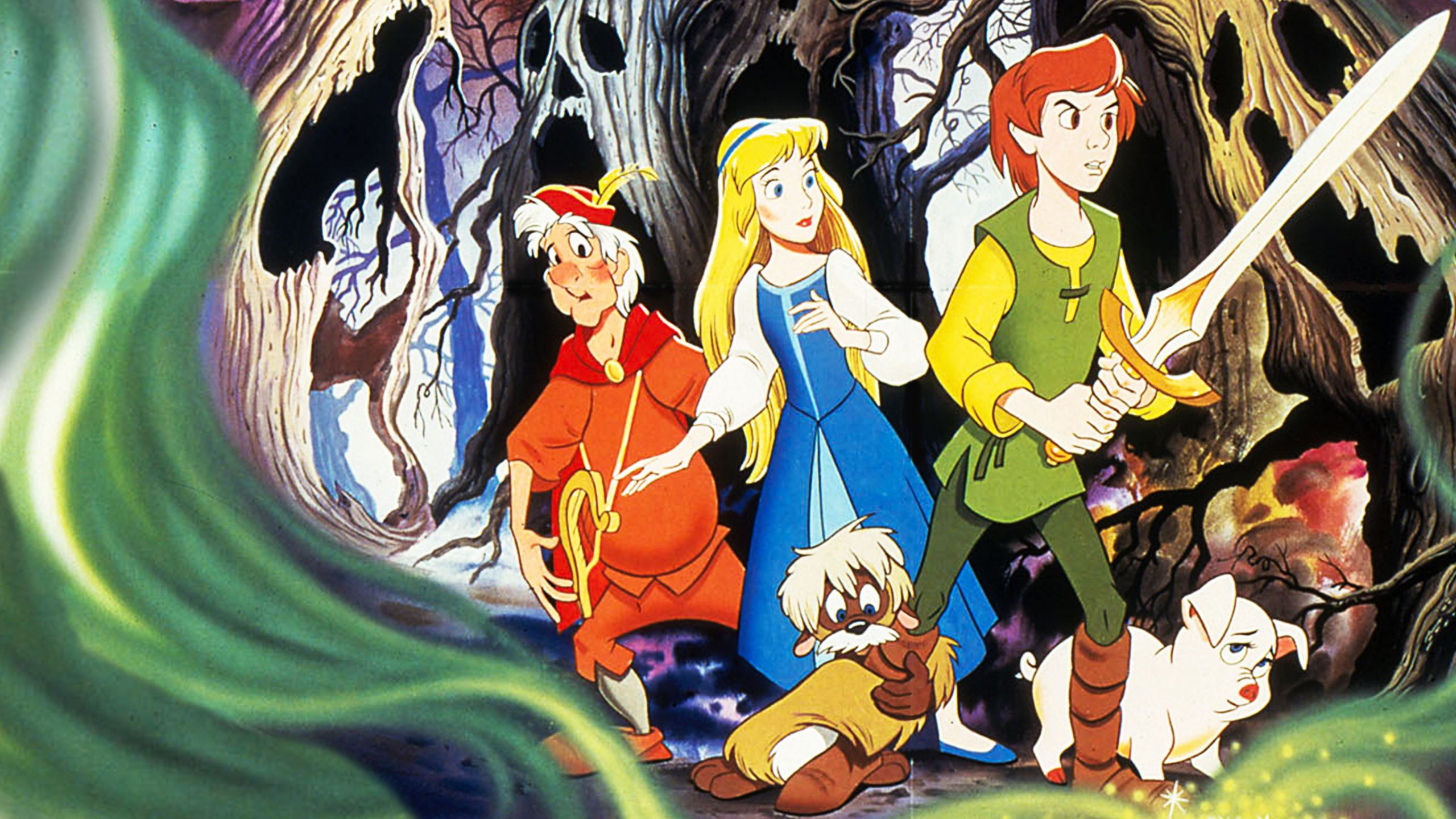
Even before Disney-the-company reached its colossal size and influence, Walt Disney-the-man made his name by putting music to animation. This was the main selling point of Disney’s first feature, Snow White and the Seven Dwarfs, which combined the magic of animated characters with catchy tunes. A string of musical animated feature films followed in the decades that followed, including Cinderella and Pinocchio.
When The Black Cauldron arrived 48 years later, it was the first Disney animated film to deviate from this structure. The hard-edged fantasy adventure features neither diegetic (in-character) nor non-diegetic (soundtrack-only) singing. In the eyes of cinemagoers, this was seen as a negative, and songs became a key component of the so-called ‘Disney Renaissance’ that began with 1989’s The Little Mermaid.
19. Disney brought one of their most influential animators out of retirement to work on the film
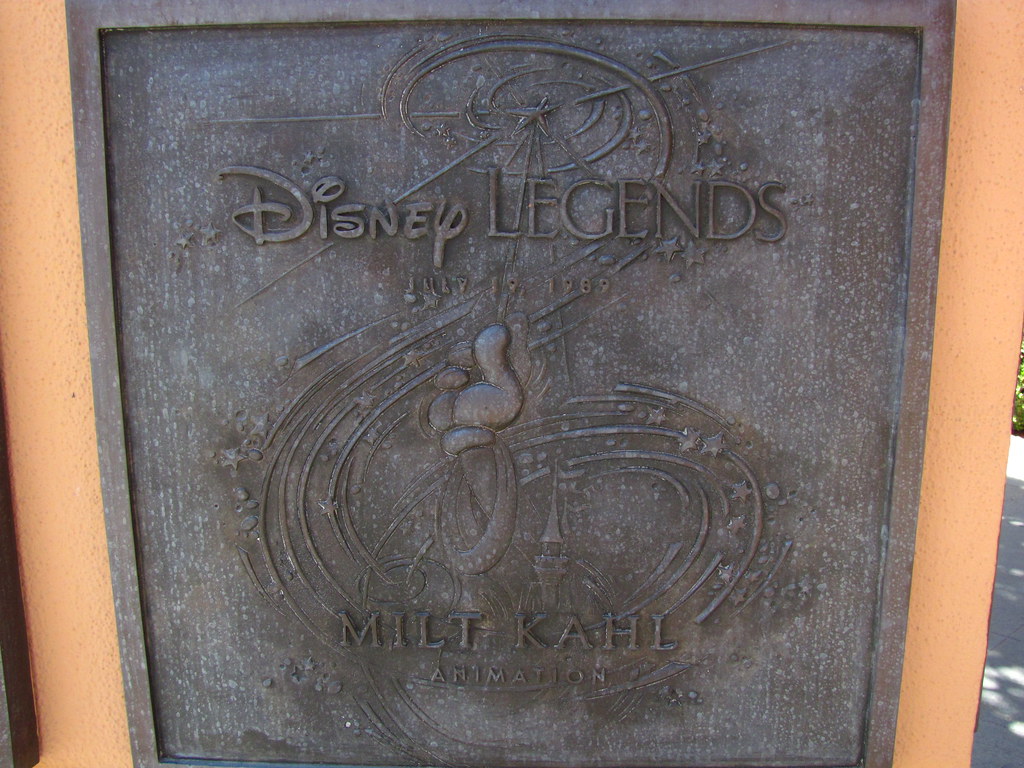
From the beginning, The Black Cauldron was a hugely ambitious project for Disney, and the film’s co-directors Ted Berman and Richard Rich. With its blend of traditional animation, CGI, and a plot that combined all kinds of mythologies, the studio were trying their hand at something new. When it encountered teething troubles in the early stages, producer Joe Hale turned to a true Disney legend to steady the ship: Milt Kahl.
Kahl was one of Disney’s ‘Nine Old Men,’ so dubbed for their huge formative influence on the studio’s animation design which endures today. Kahl was lured out of retirement to provide a look for the film reminiscent of Sleeping Beauty, and the producers would ultimately get permission to entirely reuse Princess Aurora’s costume for Princess Eilonwy. Sadly, Kahl would die only two years after the release of The Black Cauldron, at the age of 78.
18. It was delayed when the original ending made children flee in terror
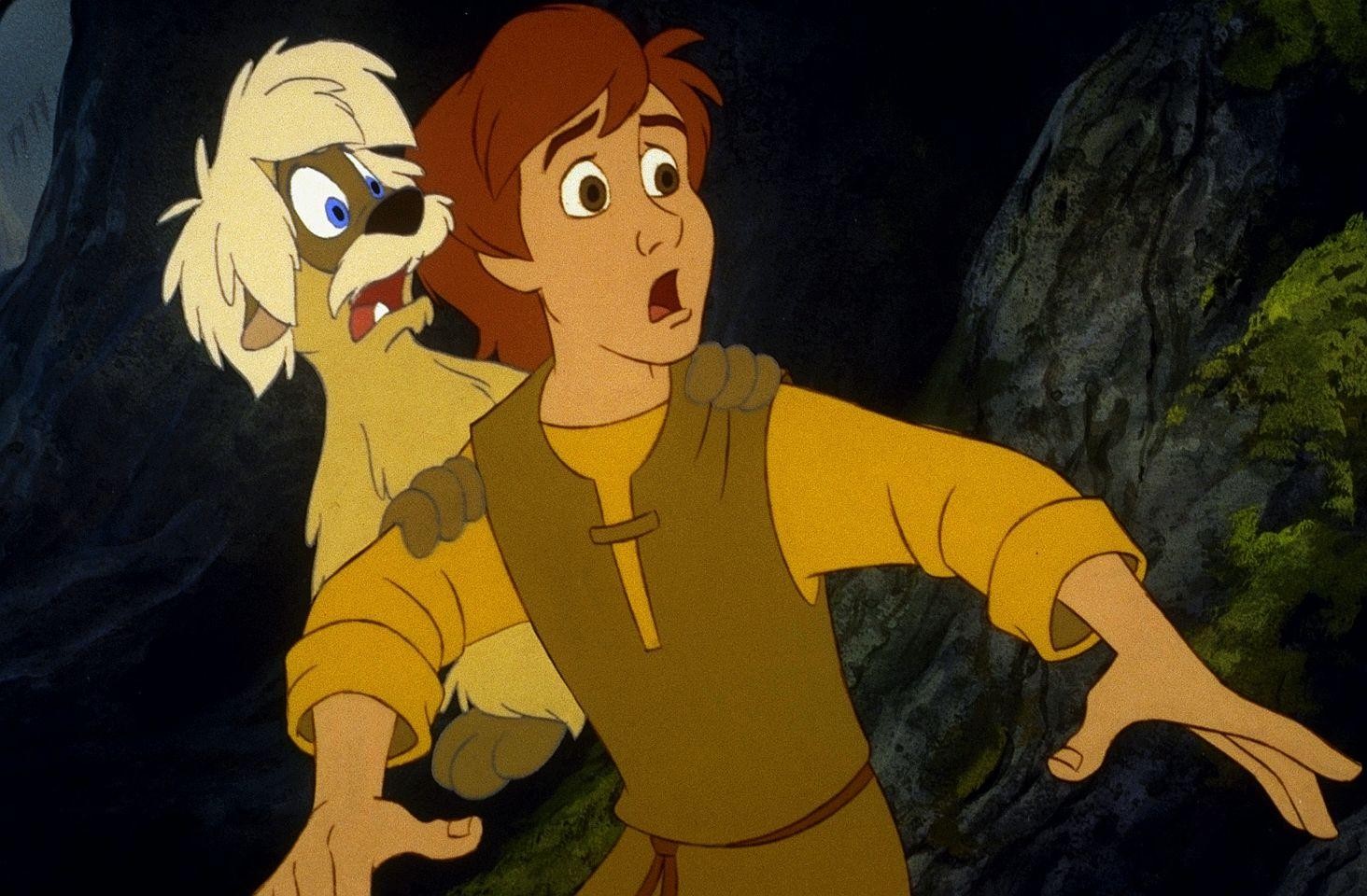
The Black Cauldron had originally been scheduled for theatrical release in the US at Christmas time 1984. This did not come to pass, however; Disney delayed the film by seven months, releasing it instead in July 1985. This significant delay was down to the unexpectedly negative reaction The Black Cauldron received in the test screening process. The key issue was that the original ending was deemed too disturbing – in fact, children reportedly ran out of the test screening in terrified tears.
Disney chairman Jeffrey Katzenberg, recognising that trauma was not part of the company brand, demanded edits be made. At one point, Katzenberg even began secretly editing the movie himself and only stopped when the animators protested to then-CEO Michael Eisner.
17. It was the first Disney animation to be rated PG – and was nearly rated PG-13
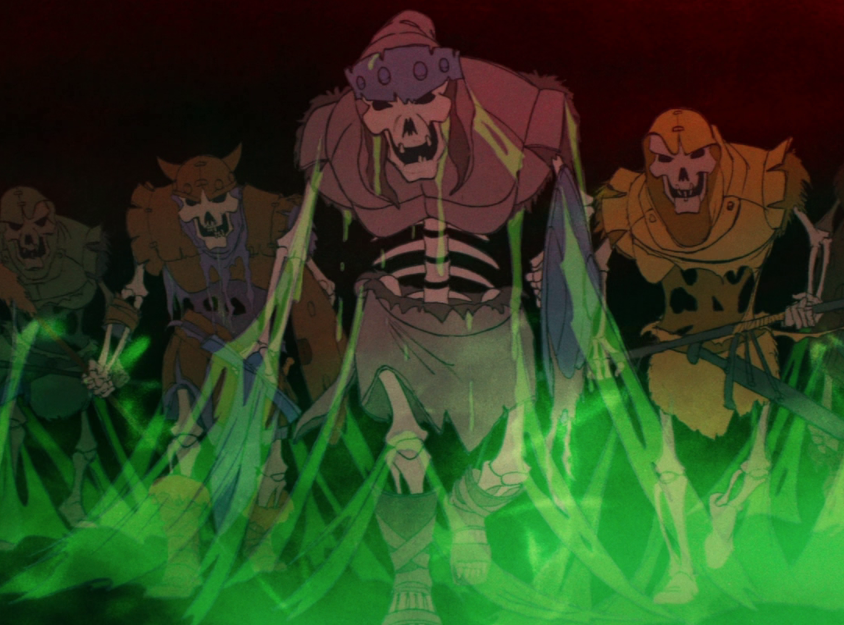
Up to that point, every Disney animated movie ever made had been given an infant-friendly G rating by the Motion Picture Association of America. However, even after the ending was significantly reworked, the MPAA still considered the film a bit too extreme for an all-ages rating. As such, the ratings board slapped The Black Cauldron with the marginally more restrictive PG.
It should be noted that the MPAA ratings system had only been introduced in 1968, and it might be argued that similar levels of peril existing in unrated earlier Disney films such as Snow White. The Black Cauldron did, however, require cuts to avoid the even more prohibitive PG-13 rating, which had been introduced in 1984. Most cuts are undetectable, but one particular scene involving the undead ‘Cauldron Born’ had to be removed late into production, creating a noticeable jump in the soundtrack.
16. It was the most expensive animated film ever made – and a box office disaster
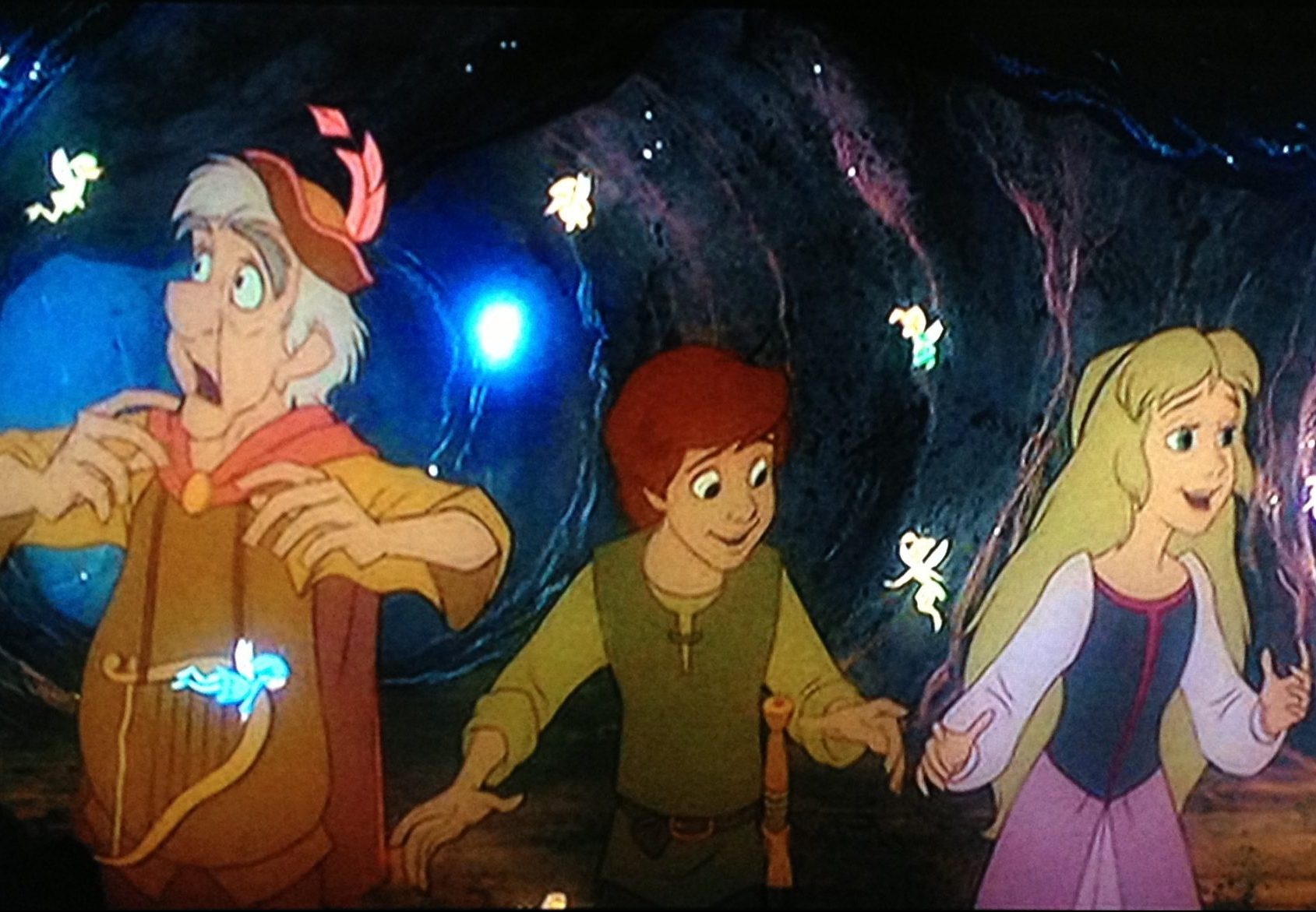
By the standards of the day, The Black Cauldron was an eye-wateringly expensive movie. With a reported budget of $44 million, the film was even more expensive than 1983’s Return of the Jedi. It was also more than twice as expensive than Back to the Future, which was released in the same year. This might have been fine if The Black Cauldron had been a big money maker – but it wound up recouping a mere $21 million at the box office.
To add insult to injury, it was surpassed at the box office by animated rival The Care Bears Movie, which had been made on a shoestring budget of $2 million. It’s thought that the magnitude of this loss nearly closed Disney’s animation studio for good, though 1986’s The Great Mouse Detective and 1988’s Who Framed Roger Rabbit managed to revive the ailing medium.
15. It was one of Tim Burton’s first projects
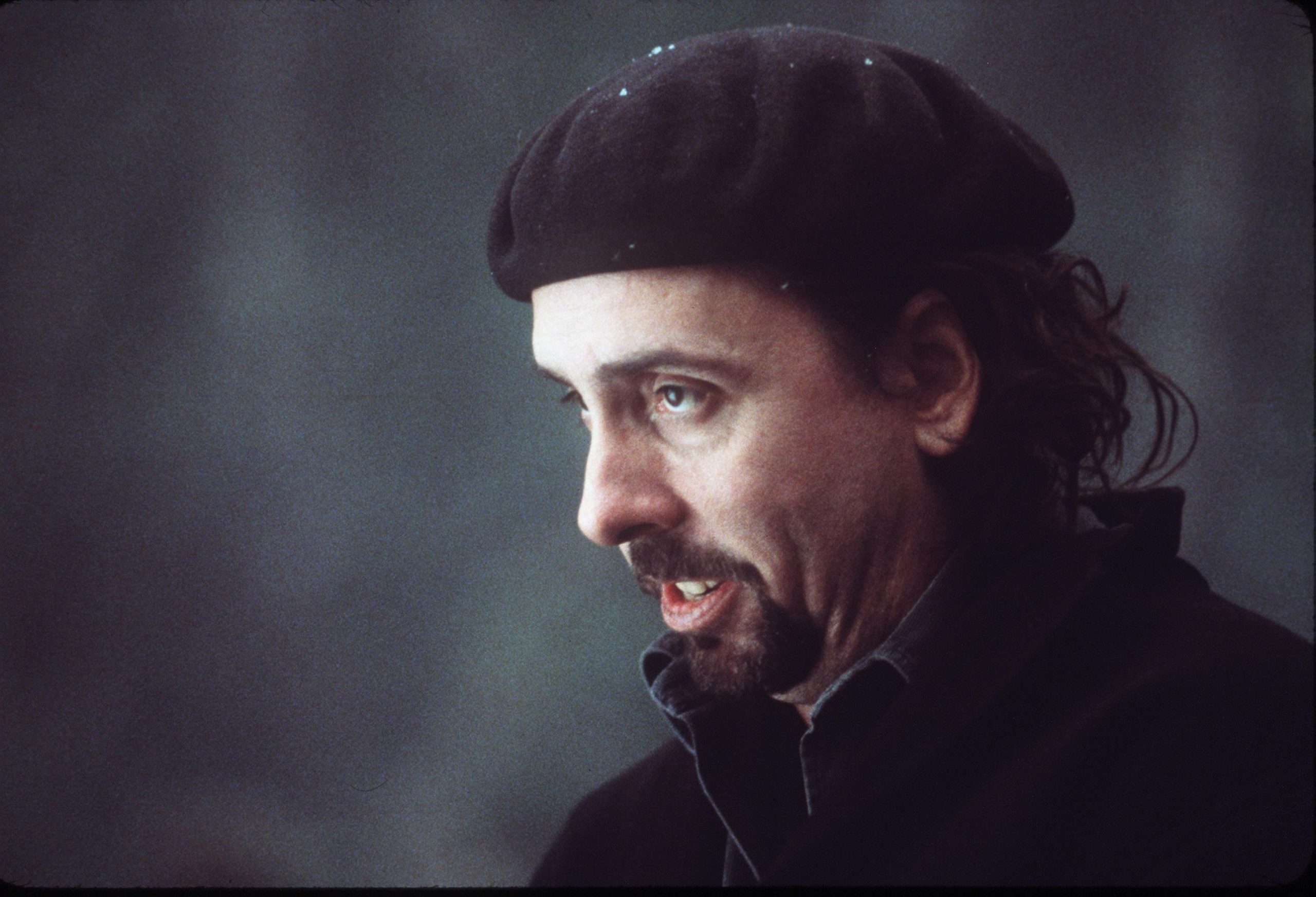
One of cinema’s predominant gothic filmmakers, Tim Burton might not seem like a good fit for cute-first-and-ask-questions-later Disney – and you’d be right. Nonetheless, Burbank native Burton got his start drawing concept art for Disney films including The Fox and the Hound and Tron. Burton also worked on The Black Cauldron, and his darker sensibilities were for once a natural fit for the project.
However, Burton’s tenure at Disney would be short-lived, as his taste for the macabre was simply too much for his superiors. The studio unceremoniously fired Burton after he made the 1984 live-action short film Frankenweenie, ostensibly for spending company money and time on a film he knew Disney could never market. Despite this, in 2012 Disney would produce and distribute Burton’s feature-length, stop-motion animated remake of Frankenweenie.
14. It’s rumoured to have inspired The Legend of Zelda
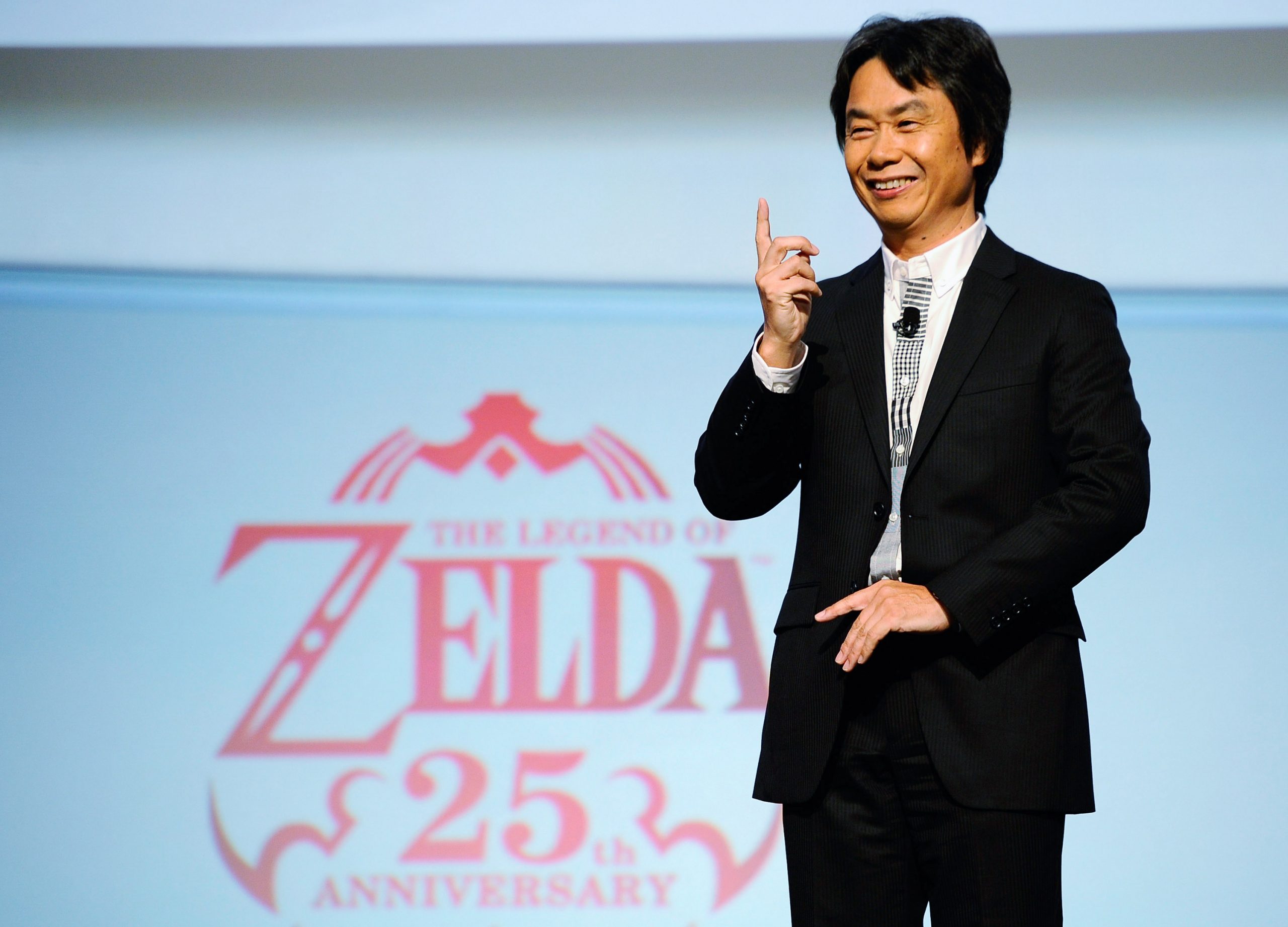
While The Black Cauldron bombed in the US on release, it performed positively worldwide – including in Japan. The animated film was a big hit with Japanese audiences in 1985, the year before the release of landmark video game The Legend of Zelda. This has led some fans to speculate that the film was a key influence on Zelda creator Shigeru Miyamoto. Miyamoto himself claims that he drew influence from his childhood exploring caves, forests and mountains.
Though the similarities between the projects are undeniable: a sword-wielding and tunic-wearing boy, a princess, and an undead evil sorcerer? Either that’s classic mythology (likely!) or Miyamoto really did plagiarise the disliked Disney movie (less likely!)
13. It’s based on Welsh mythology

Much like the Disney classics of old, The Black Cauldron has some pretty serious literary bonafides. It’s most directly an adaptation of Lloyd Alexander’s series of novels The Chronicles of Prydain. Alexander’s novels were themselves based on the Mabinogion, the earliest prose stories of British literature. Author Lloyd Alexander himself was for the most part pleased with the film, but had some mixed feelings.
Alexander remarked, “there is no resemblance between the movie and the book. Having said that, the movie in itself, purely as a movie, I found to be very enjoyable. What I would hope is that anyone who sees the movie would certainly enjoy it, but I’d also hope that they’d actually read the book. The book is quite different.”
12. It was nearly directed by the man behind the Lord of the Rings animated film
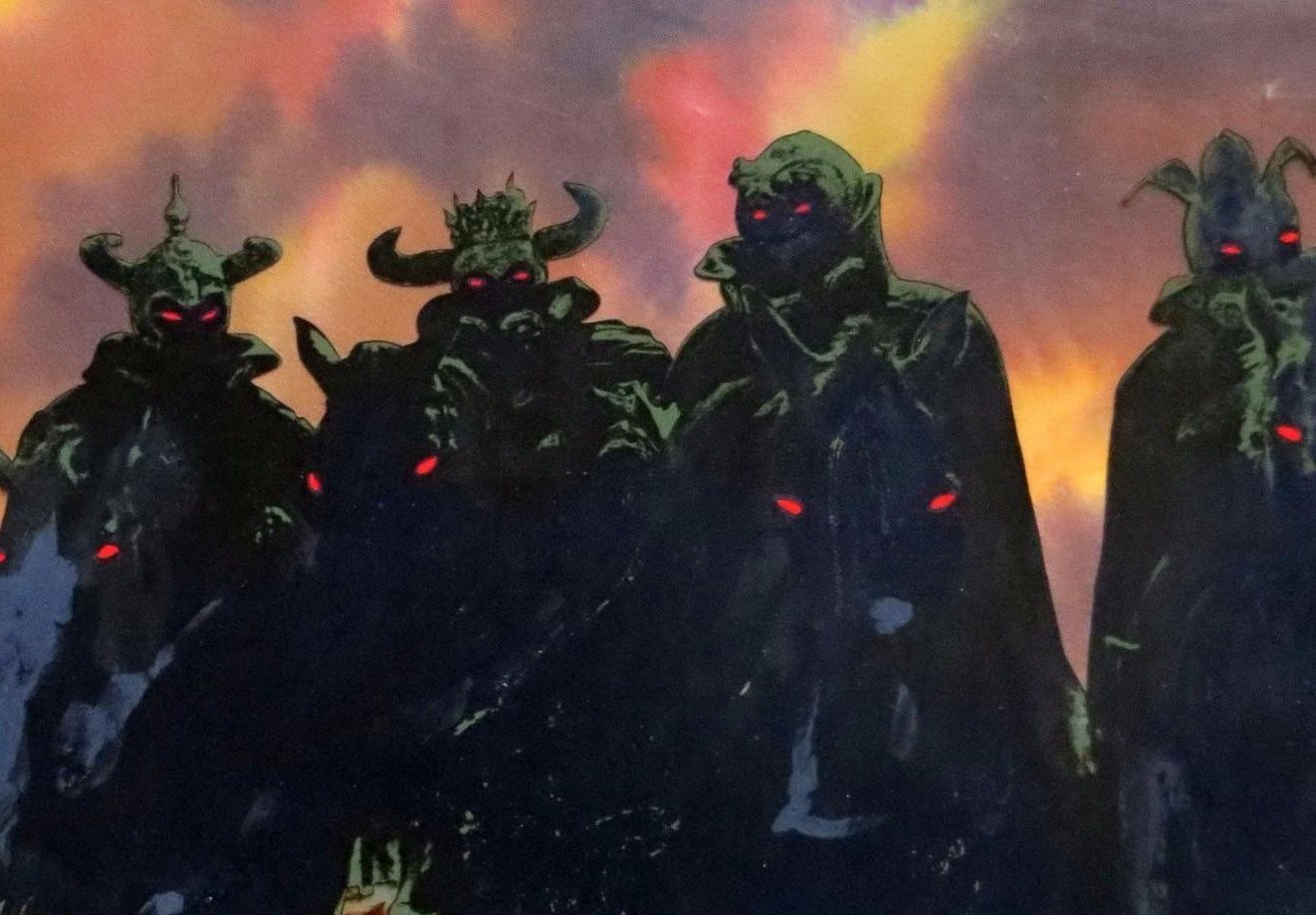
The Black Cauldron is a largely serious fantasy adventure set in a medieval world filled with magic and monsters. While this was new territory for Disney, one noted animator had already tackled similar material: Ralph Bakshi. After emerging in underground, adult-oriented cartoons, Bakshi enjoyed some mainstream success with fantasy film Wizards, and his adaptation of The Lord of the Rings. It has been reported that some at Disney recognised Bakshi’s suitability for The Black Cauldron, and approached him to direct the film.
Accounts vary as to why this didn’t come to pass, but it seems that the studio and Bakshi himself agreed that his style of filmmaking was not family-friendly enough. Subsequently, directorial responsibilities on The Black Cauldron went to trusted Disney employees Ted Berman and Richard Rich, who previously co-directed The Fox and the Hound.
11. Much of the film’s score was cut – but was later critically acclaimed

The Black Cauldron was not met with the most gushing praise on release, with critics pointing out its many flaws. Most widely criticised were the film’s complex and incoherent plot, as well as some aspects of production that were clearly rushed and unfinished. However, a few points about the film were praised without condition: the animation style, the voice-acting, and the soundtrack.
The Black Cauldron’s music was provided by Elmer Bernstein (who had provided a similarly spooky score for 1984 hit Ghostbusters). Unfortunately, much of Bernstein’s soundtrack was removed or mangled in the theatrical cut of the film. However, the veteran composer would receive his dues when the score was separately released: the Los Angeles Times described it as “a technological work of art.”
10. It’s the first Disney animated feature to use CGI
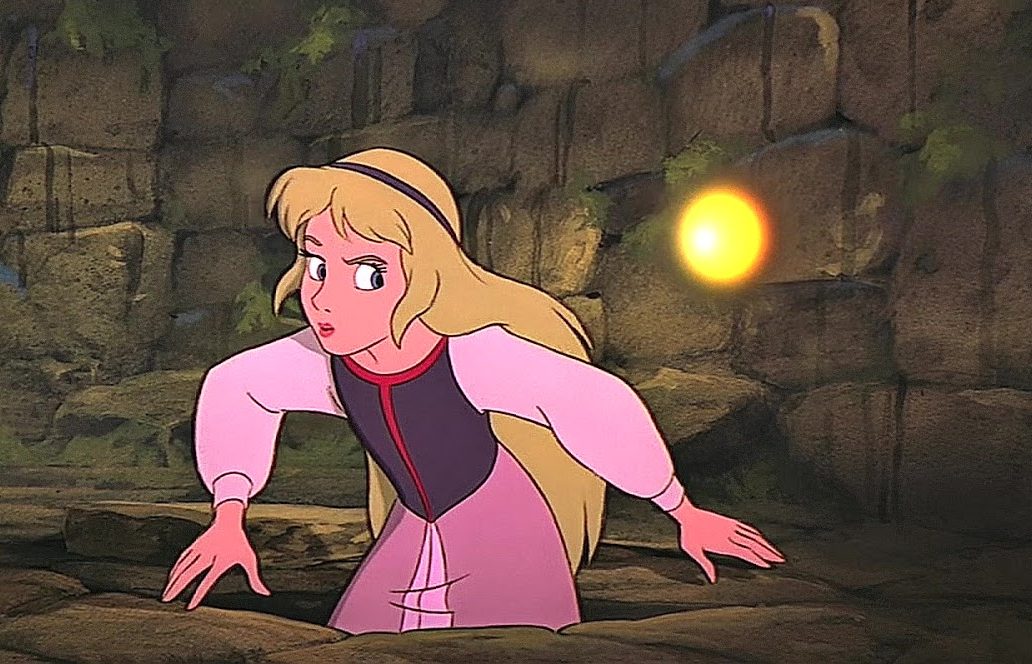
As befits the company that pioneered animation, Disney were ahead of the curve when it came to computer generated imagery. Most famously, they had made extensive use of this exciting new technology on their 1982 live action film Tron. However, they had never utilised this technology in one of their traditional animated films until The Black Cauldron.
CGI was utilised for a number of special effects in the film, including the shimmering orb of light. Some bubbles, flames, a boat and the cauldron itself were almost created digitally – but for some other scenes, more traditional techniques were used. For instance, the mist pouring from the cauldron was captured practically, super-imposing live action footage of actual mist generated from dry ice.
9. Twelve minutes of gruesome footage was deleted, and has never been officially released

It’s hard to imagine any Disney animated movie featuring scenes that had to be removed for being too grisly. Reportedly this was the case with The Black Cauldron, hence the film so upset the small children present at test screenings. To date, Disney have never released the original uncut version of The Black Cauldron, so the contents of the deleted scenes are swathed in rumour and speculation.
It is said that a total of twelve minutes were removed from the film, and much of this was taken from the ‘Cauldron Born’ sequence in the final act. As if the army of skeletons wasn’t horrific enough in itself, the sequence originally showed them pouncing on living soldiers, whose skin then decomposed until they too were skeletons; stills of this unpleasant moment have been released. Another unusually gory moment that was deleted from The Black Cauldron included a shot of a man’s throat being cut with a sword.
8. Disney wouldn’t release the film to VHS for twelve years
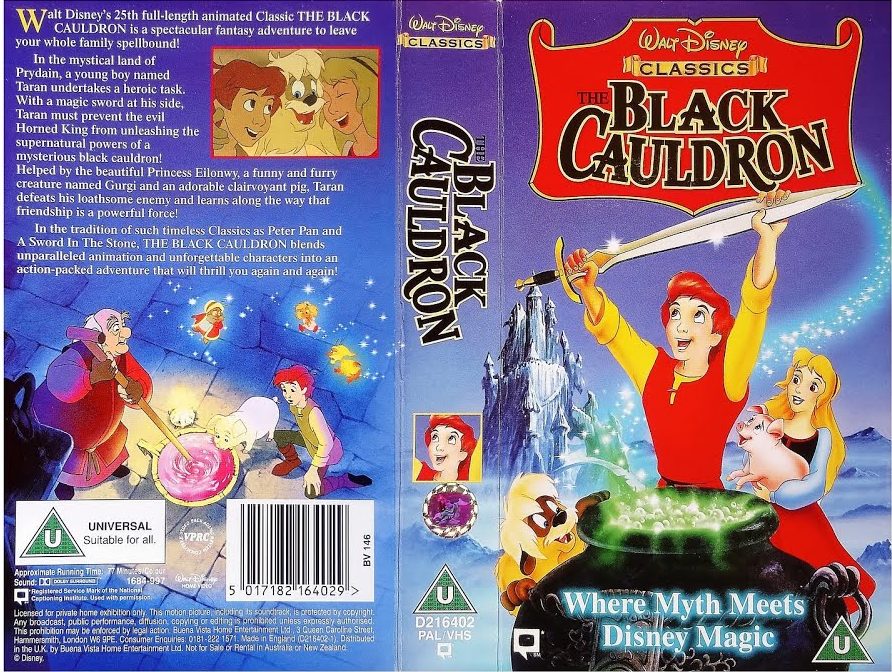
Today, films are routinely released to home entertainment with a few months of their theatrical run – so it’s easy to forget this wasn’t always the case. Fans of The Black Cauldron had to wait well over a decade for the film to reach VHS: it was first released in Britain in 1997, then the US the following year. This extended delay was largely down to Disney’s anxieties over the film’s darkness, and of course its critical and commercial failure.
There had been hopes that when The Black Cauldron was released to VHS, it would be in a re-edited version which fixed some of the film’s issues. Unfortunately, the efforts of Disney’s editors to produce a coherent restored version of the film proved fruitless. Producer Don Hahn explained in 2020, “as much as we tried, we couldn’t do anything to reshape it.”
7. It was only the second Disney animated film to have end credits
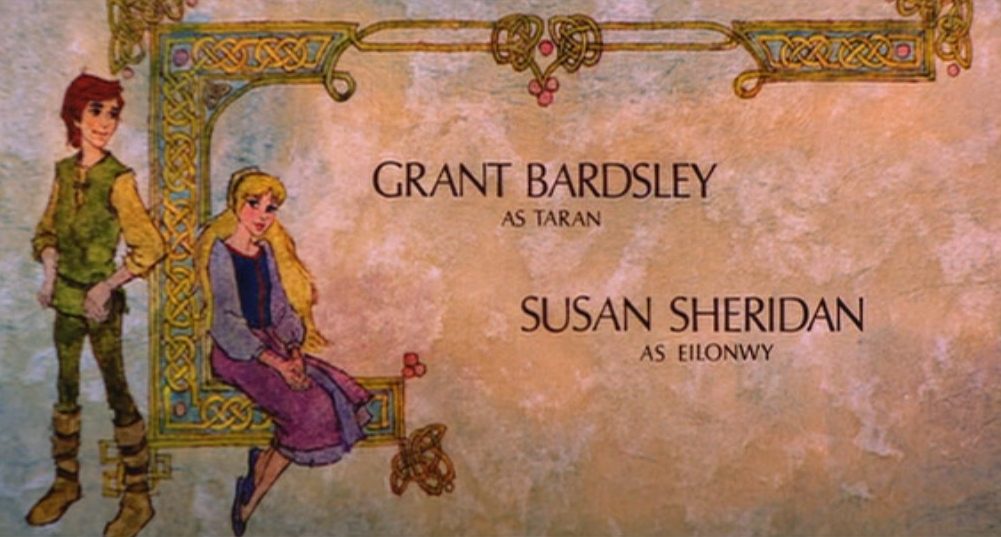
The Black Cauldron seems so bold and different for Disney, because many at the studio felt they were falling behind the times. Adopting a darker, more mature tone without any singing or dancing was part of how the filmmakers tried to make things more up-to-date. There’s another, perhaps less obvious way that The Black Cauldron broke from the norm: it features a credits sequence at the end, rather than the beginning.
It should be noted that The Black Cauldron was not the first Disney film to do this, as there was also an end credits sequence on 1951’s Alice in Wonderland. Aside from that one film, however, just about every other Disney animated film had ended with the title card ‘The End’ before the house lights came up. Today, more extensive end credits sequences are of course the norm on all major motion pictures, Disney productions included.
6. Disney first started working on the film in 1973
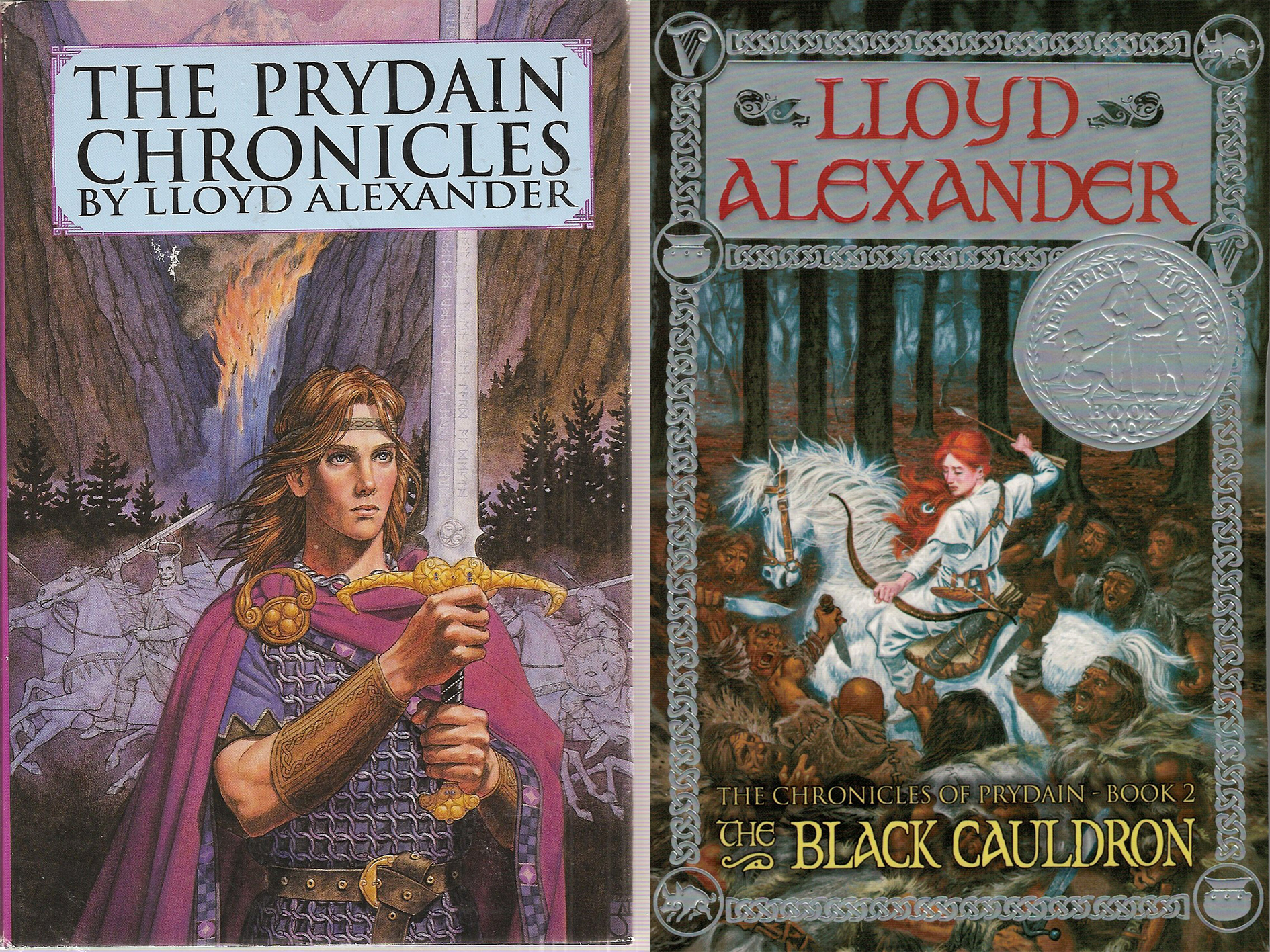
Lloyd Alexander’s original five-novel series The Chronicles of Prydain was originally published between 1964 and 1968. Walt Disney Pictures first purchased the rights to the books in the early 70s, recognising the cinematic potential. At first, however, top brass at the studio were uncertain whether the material would be better suited to animation, or live action.
Eventually, it was decided that animation would be the better medium for Alexander’s tales, and preliminary work began in 1973. However, there were signs early on that the team at Disney might have bitten off a little more than they could chew. For one, they made the perhaps surprising choice to try and condense the entirety of Alexander’s five book saga into a single feature film.
5. Production fell massively behind schedule early on
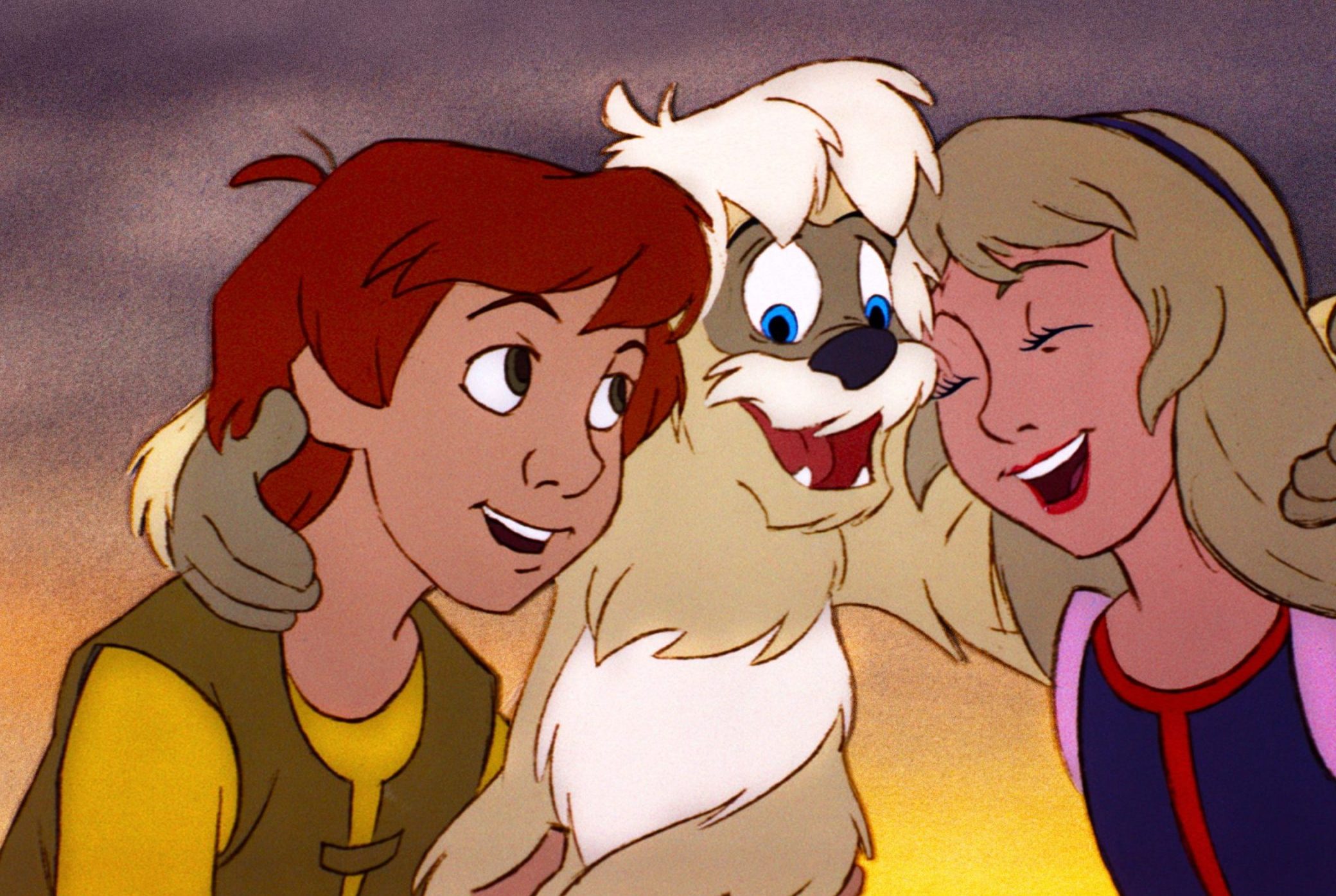
As mentioned earlier, when The Black Cauldron opened in July 1985, it had been delayed from its scheduled Christmas 1984 release. However, this delay seems a little less significant when you learn that Disney originally planned for it to hit screens all the way back in 1980. As early as 1978, reports surfaced that the film – which at the time had a $15 million budget attached – was falling behind schedule. A New York Times article of the time claimed that this delay was down to an abundance of new and comparatively inexperienced animators at Disney.
The report stated, “the new crop of young animators the studio has spent six years acquiring are not yet competent to handle [The Black Cauldron]’s complexities.” Among the new blood at Disney were the aforementioned Tim Burton, and another ambitious up-and-comer named Don Bluth.
4. Production was thrown into chaos by the resignation of a team of animators led by Don Bluth
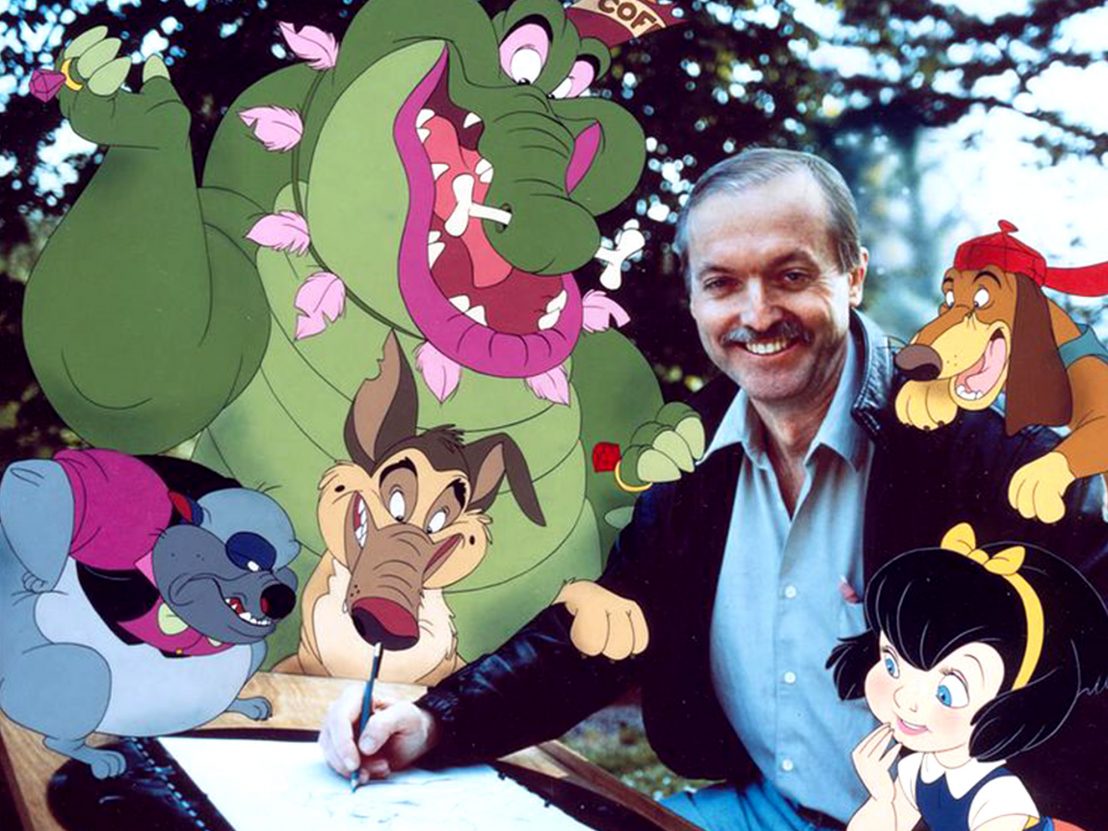
Don Bluth had started out at Disney as an assistant on 1955’s Sleeping Beauty, and gradually worked his way up the animation ladder. By the 70s, he was one of the hardest-working people at the studio, working on such films as Robin Hood, The Rescuers and Pete’s Dragon. However, tensions between the old guard at Disney and younger men like Bluth came to a head whilst The Black Cauldron was in production.
As a result of this, Bluth spectacularly quit Disney in September 1979 (on his 42nd birthday), taking nine other animators and several administrators with him. These Disney deserters became the founder members of Don Bluth Productions, a new independent animation company. In the years that followed, Don Bluth Productions would be responsible for such films as The Secret of Nimh, An American Tail, The Land Before Time and All Dogs Go to Heaven.
3. The Horned King wasn’t originally the main villain
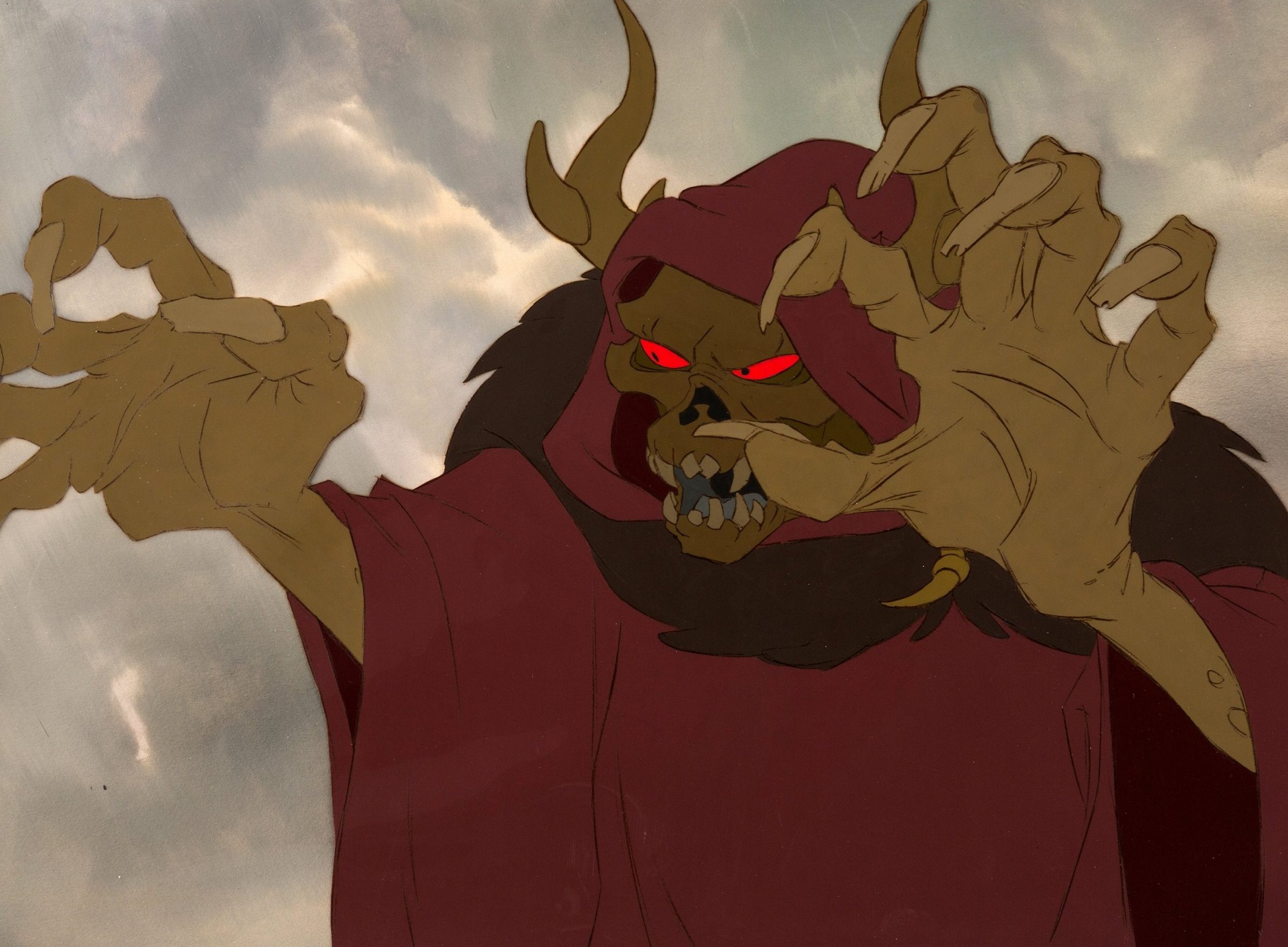
In the midst of all this behind the scenes drama, the script for The Black Cauldron wound up in a similarly chaotic state. A huge team of close to 20 people are credited as having worked on the story for the film. As such, it’s hardly surprising the story wound up a little incoherent, and very far removed from Lloyd Alexander’s original narrative. One key decision that made The Black Cauldron stand apart from the source material was the promotion of the Horned King to lead villain.
In the novels, this character was by no means the chief antagonist, and just one among a large number of characters featured. Alexander’s books boast a cast of over 30 fully-rounded characters, which the movie condensed down to barely a dozen.
2. Hayley Mills was originally supposed to provide the voice of Eilonwy
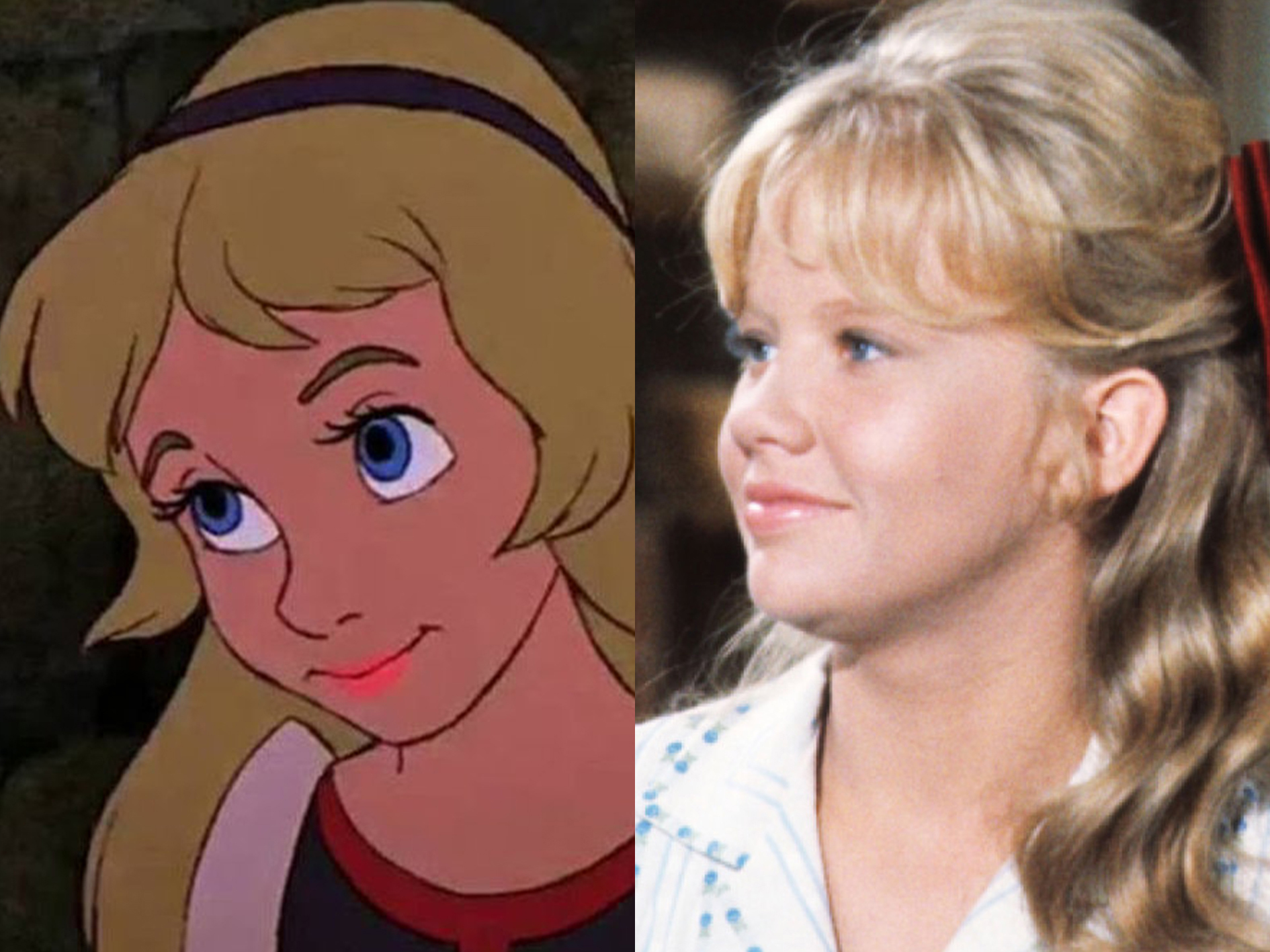
It’s easy to forget now that, before Robin Williams was cast in 1992’s Aladdin, Disney tended not to hire big name actors to voice their animated characters. However, when The Black Cauldron was in the works, a well-known actress was set to provide the voice of Princess Eilonwy. That actress was Hayley Mills, the former child star of such live-action hits as The Parent Trap and That Darn Cat! Mills, who by then was in her mid-30s, announced in a Disney TV special that she would be voicing Eilonwy in The Black Cauldron.
Exactly why this didn’t come to pass is unclear, but when the film finally arrived in 1985 Eilonwy was voiced by Susan Sheridan. Other notable figures in The Black Cauldron’s cast included John Huston as the narrator, Nigel Hawthorne as the bard bard Fflewddur Fflam, and John Hurt as The Horned King.
1. Disney almost re-released it under a new title in 1990
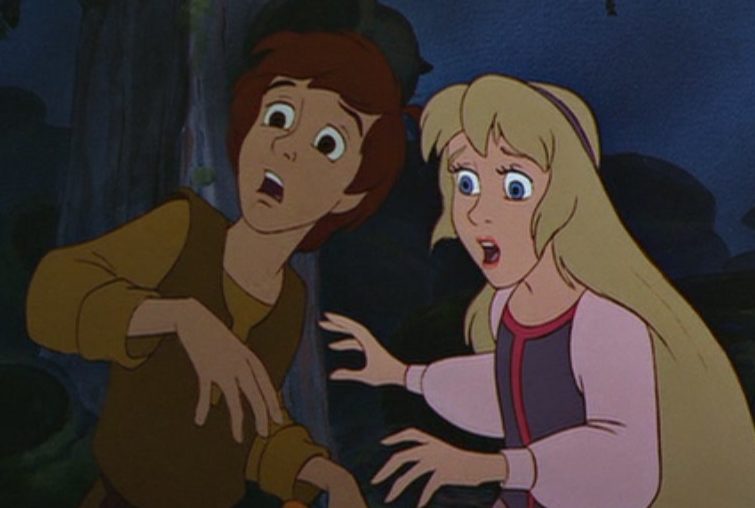
The turmoil and ultimate failure of The Black Cauldron was a sore spot for the top brass at Disney for many years. While for a long time the studio seemed ashamed of the film, executives were still keen to try and make their money back. With this in mind, Disney seriously considered re-releasing the film to cinemas in 1990 under a different title. The plan had been to put The Black Cauldron back on screens, this time entitled Taran and the Magic Cauldron.
While the film had a brief re-release in a number of US cities under this title (and some associated merchandise was released), it never went further than that. Happily for Disney, the studio was by then enjoying a popular renaissance thanks to the critical and commercial success of The Little Mermaid, paving the way for such further hits as Beauty and the Beast, Aladdin and The Lion King.

